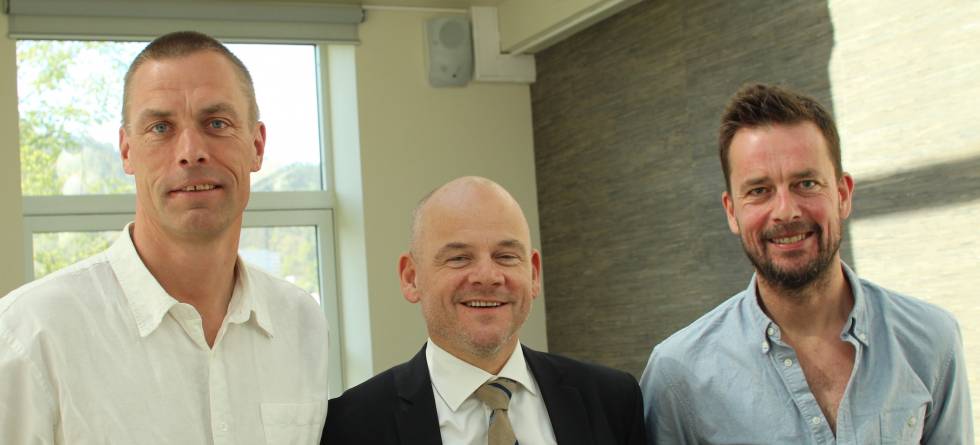By Asle Steiestøl Wingsternes, Nansen Environmental and Remote Sensing Centre
The partners of the Bjerknes Centre aim to develop skilful climate prediction, and thereby bridging the gap between weather forecast and long-term climate change projections.
The prediction unit focuses on the Atlantic-to-Arctic sector and surrounding continents, and will capitalise on promising initial results from a team of world-class scientists at the Bjerknes Centre for Climate Research. The team combine the expertise at the Geophysical Institute (GFI, University of Bergen) on climate dynamics and prediction, at Uni Research on climate modelling, and at the Nansen Center on methods to optimally combine dynamical models and observations (a procedure usually called data assimilation) to improve estimates of the climate state and the accuracy of the subsequent forecast.
The initiative of contributing to the field of climate prediction was initially supported by funding from the Bjerknes Centre and further developed thanks to funding from NFR, NF and EU projects.
Empirical methods have already reached some degree of success in predicting climate variability, and mechanisms giving raise to predictability have been identified. At the same time the Norwegian Climate Prediction Model – which provides dynamical climate prediction in a similar manner than for weather forecasting – has now matured and demonstrated skill for the ocean on seasonal to decadal time scales for our region of interest.
The system was used to issue a seasonal forecasts to key Norwegian stakeholders (e.g., insurance, hydropower, shipping, …) via the Seasonal Forecast Engine project lead at Uni Research by Erik Kolstad and provided a decadal forecast to the Multi-model decadal forecast exchange endorsed by WMO. The system will also contribute to the Decadal prediction project in CMIP6.
The Bergen Research Foundation is funding the project, lead by Prof. Noel Keenlyside at the GFI, with 30 MNOK (over 5 years) in addition to 30 MNok from the partners (7.4 MNOK for the Nansen Center of the 60 MNok budget).
– This will support the long term objective to develop what, in our ambition, may be the World’s most skilfull prediction system for northern climate. To do so, key strategic challenges will be addressed, says François Counillon at The Nansen Center.
A Research Activity (RA) lead by Counillon and including Alberto Carrassi, Yiguo Wang and Madlen Kimmritz aims at improving the method for initialising our dynamical model, in particular at finding ways that atmospheric observations can be used to constrain the ocean and vice et versa. François Counillon expects that succeeding in that “ will enhance the accuracy and the consistency of initial condition and yield improved forecast accuracy”.
Helene R. Langehaug will lead another RA that aims at identifying the theoretical and practical limits of climate prediction. Here we will develop new ways to assess and attribute skill of climate models and their predictions, and quantify the impact of model errors on skill. This will be done in close collaboration with the third RA, led by GFI, identifying mechanisms for predictability in observations.
The partners in the project will deliver enhanced predictions with the Norwegian Climate Prediction Model, combining the knowledge in the three RAs.

